Understanding the Signs and Symptoms of Drug Abuse and Addiction
Understanding substance addiction and identifying warning signs can be the first step in seeking addiction treatment. Learn more about the signs and symptoms of addiction.
One in seven Americans live with addiction, but only 10% receive drug and alcohol addiction treatment. The rate of drug overdose deaths caused has more than tripled since 1990, and between 1999 and 2017, more than 700,000 people have died from an overdose. In addition, around 20% of Americans with mental health disorders also have a substance use disorder.
These drug addiction statistics show that addiction is a struggle that many people face. Understanding addiction and how to identify it is often the first step in finding addiction treatment for yourself or those you love. Addiction treatment requires comprehensive treatment, where patients attend therapy and learn coping mechanisms that help them maintain long-term sobriety.
What is Drug Addiction
Understanding drug addiction can help you identify whether someone is struggling with a substance use disorder. Addiction is defined as a disease by the American Society of Addiction Medicine. The science behind addiction is complex and involves interactions among a person’s brain circuits, genetics, environments and experiences. Addiction is a chronic disease and a condition that people live with for their entire lives.
Abuse vs. Addiction
The terms “abuse” and “addiction” are often used interchangeably, but these terms do not mean the same thing. According to the Recovery Research Institute, substance abuse refers to behavioral patterns of drug use that involve impairment and physical and mental harm. Drug abuse usually describes when someone uses substances improperly, but it does not mean that someone has an addiction.
Addiction is defined by the National Institute of Drug Abuse as a chronic, relapsing brain disease. Addiction is often more complex than abuse and can be the result of genetics, family background, social influences, neurological factors and environmental issues. Substance abuse may influence an addiction, but this is not always the case. The Diagnostic and Statistical Manual of Mental Disorders (DSM-5) criteria for addiction include:
- Substances are frequently used at higher doses
- Efforts to quit are unsuccessful
- A lot of time spent obtaining, using and recovering from the substance
- Strong urges to regularly use the substance
- Use interferes with home, school or work
- Use continues despite negative social consequences
- Social activities are abandoned or reduced in favor of drug use
- Using the substance during dangerous situations
- Use continues despite medical or physical consequences
- Tolerance develops
Commonly Abused Drugs
There are several categories of substances that people commonly misuse and become addicted to, including both legal and illegal drugs. Each substance has varying effects, and people may experience different reactions to certain substances.
What all of these popular drugs have in common is that they are highly addictive. Some of the most commonly abused drugs include:
Alcohol
According to the World Health Organization, approximately 3 million deaths occur each year due to alcohol misuse. Alcohol is not an illegal or controlled substance, so many people may feel like it is a safer option. However, alcohol can be dangerous if someone continues using it even when it has detrimental effects on their physical or mental health.Alcohol abuse can cause people to lose interest in activities they once enjoyed. It can also cause financial and legal issues as well as affect work, school and relationships. Alcohol abuse may also cause alcohol poisoning, memory loss or blackouts. Living with an alcohol use disorder can result in liver damage, brain damage and the development of mental health disorders.
Opioids
On average, 130 Americans die each day because of opioid overdose. Opioids are most commonly prescribed to reduce pain over a short period, such as after surgery. Opioid abuse occurs often because opioids are highly addictive, and people can develop dependence even if they take the drug as prescribed. When someone can no longer get prescription opioids from a doctor, they may purchase them off the streets or use illegal opioids like heroin. The use of illicit opioids can be particularly dangerous because they are often cut with substances like fentanyl. Some opioid effects may include:
- Drowsiness
- Confusion
- Decreased breathing
- Low respiratory rates
- Dependence or addiction
- Overdose
Marijuana
According to a Gallup poll, one in eight adults smoke marijuana, and 30% of people who smoke marijuana reportedly have a marijuana use disorder. Marijuana addiction occurs when a person can’t stop themselves from using the substance, even if it is negatively interfering with their life. The effects of marijuana use can include:
- Impaired cognitive abilities
- Deficits in motor coordination
- Increased heart rates
- Psychosis and paranoia
- Reduced short-term memory
- Increased risk of mental health disorders
- Addiction
Stimulants
Approximately 5 million adults reported that they are misusing prescription stimulants, according to NIDA. Stimulant abuse can also occur with illicit stimulants like cocaine, MDMA and methamphetamine. Stimulants that are commonly abused include amphetamines like Adderall, methylphenidate, ephedrine and caffeine. The effects of stimulant abuse include:
- Anxiety
- Depression
- Irritability
- Insomnia
- Excessive weight loss
- Twitching
- Memory loss
Benzodiazepines
From 1999 to 2017, the death rate from drug overdose among women aged 30 to 64 increased by 260%. Benzodiazepine abuse occurs most often with prescription medications like Xanax, Valium and Ambien. In addition to these medications, some of the most commonly abused benzodiazepines are Lexotan, Librium, Klonopin, Ativan and Rohypnol. The effects of benzodiazepines include:
- Irritability
- Physical weakness
- Anxiety
- Forgetfulness
- Generalized pain
- Impaired motor coordination
- Mental confusion
- Slurred speech
- Paranoia
You Might Be Interested In: Which Drug Is the Most Addictive?
Hallucinogens
Approximately 17% of Americans reported that they had used hallucinogens in their lifetime, and nearly 7% said they had used a hallucinogen within the past year. Hallucinogens are a class of drugs that can cause distortions in a person’s perception of reality. Hallucinogens can be derived from plants like mushrooms, but they can also be made synthetically. Some common hallucinogen effects include:
- Nausea
- Increased heart rate
- Excessive sweating
- Dry mouth
- Loss of appetite
- Seeing or hearing things that aren’t there
- Anxiety
- Weight loss
- Speech problems
Are you or a loved one struggling with addiction?
Our Recovery Advocates are available 24/7 to help.
Signs and Symptoms of Drug Addiction
Addiction typically takes over someone’s entire life. While they may be able to hide their addiction for a while, some signs and symptoms can be visible. Each drug may have different symptoms, but there are several common physical, mental and emotional signs of drug addiction. These include:
- Unintentional weight loss
- Loss of sleep
- Cool, pale skin
- Bloodshot eyes
- Tremors or loss of motor coordination
- Slurred speech
- Frequent nausea
- Irregular heart rate
- Shallow breathing
In addition to physical signs of drug abuse, substances can affect neurological processes and brain structures. Some common psychological symptoms of drug addiction include:
- Anxiety
- Restlessness
- Confusion
- Memory loss and blackouts
- Irregular sleep patterns
- Depression
- Mood swings
- Increased secrecy or self-isolation
Causes of Drug Abuse and Addiction
Because addiction is a complex, chronic illness that is unique for each person, it can be challenging to define the causes of substance abuse clearly. However, researchers have found that several factors can cause addiction, including:
- Genetics
- Family background
- Social influences
- Neurological factors
- Environmental issues
If someone related to you had a substance use disorder or you grew up in an environment where someone had an addiction, your chances of developing addiction increase. Additionally, if a person has a mental health disorder, there is a higher likelihood of a substance use disorder.
If you or someone you know is struggling with drug addiction, help is available at The Recovery Village Palm Beach. Contact us today to find out more about treatment programs that can work well for your situation. Q8m4o1Hn
View Sources
American Society of Addiction Medicine. “Definition of Addiction.” September 15, 2019. Accessed November 30, 2019.
Anxiety and Depression Association of America. “Substance Use Disorders.” (n.d.). Accessed November 30,209.
Centers for Disease Control and Prevention. “Understanding the Epidemic.” December 19, 2018. Accessed November 30, 2019.
Centers for Disease Control and Prevention. “America’s Drug Overdose Epidemic: Data to Action.” September 4, 2019. Accessed November 30, 2019.
Centers for Disease Control and Prevention. “Drug Overdose Deaths Among Women Aged 30–64 Years — United States, 1999–2017.” January 11, 2019. Accessed November 30, 2019.
Hafner, Josh. “Surgeon General: 1 in 7 in USA Will Face Substance Addiction.” USA Today, November 17, 2016. Accessed November 30, 2019.
McCarthy, Justin. “One in Eight U.S. Adults Say They Smoke Marijuana.” Gallup, August 8, 2016. Accessed November 30, 2019.
National Conference of State Legislatures. “Prescription Drug Overdose.” (n.d.). Accessed November 30, 2019.
National Institute on Drug Abuse. “Is Marijuana Addictive?” September 2019. Accessed November 30, 2019.
National Institute on Drug Abuse. “Five million American adults misusing prescription stimulants.” April 16, 2018. Accessed November 30, 2019.
National Institute on Drug Abuse. “Hallucinogens.” (n.d.). Accessed November 30, 2019.
National Institute on Drug Abuse. “Understanding Drug Use and Addiction.” June 2018. Accessed November 30, 2109.
Research Recovery Institute. “Addictionary.” 2016. Accessed November 30, 2019.
Substance Abuse and Mental Health Services Administration. “Key Substance Use and Mental Health Indicators in the United States: Results from the 2017 National Survey on Drug Use and Health.” September 2018. Accessed November 30, 2109.
World Health Organization. “Alcohol.” September 21, 2018. Accessed November 30, 2019.

